(NLDO) - "Twin" fossils found on both sides of the Atlantic Ocean have confirmed the hypothesis of the supercontinent Pangea.
According to Science Alert, in January 2012, German geophysicist Alfred Wegener proposed an idea that scientists considered absurd and crazy: All of Earth's land was once a supercontinent.
Wegener called the hypothetical supercontinent Pangaea, after carefully examining fossils of similarly shaped plants and animals on different present-day land masses.
Today, the theory of plate tectonics and the times when the Earth's land masses came together to form supercontinents and then broke apart is widely accepted, with some indirect evidence being presented.
However, scientists have only recently been able to confirm that Pangea existed, thanks to dinosaur footprints.

Two theropod dinosaur tracks believed to be of the same species, or even the same individual, from the Sousa Basin in Brazil (left) and the Koum Basin in Cameroon - Photo: SMU
More than 100 years after Dr Wegener's work was widely dismissed as "delirious talk", an international team of scientists has found a dinosaur-era "trail", now split into two halves, on different sides of the Atlantic Ocean.
The route is defined by nearly identical sets of dinosaur footprints found in Cameroon in Central Africa and Brazil in South America, more than 6,000 km apart.
The footprints date back about 120 million years, coinciding with the time just before the southern continent of Gondwana - one of the two pieces of Pangea after the first breakup - was officially torn apart.
In total, there are more than 260 footprints of ornithopods, sauropods and theropods imprinted in the mud on the riverbank.
Scientists believe that at the time when the two pieces of the supercontinent were about to completely separate, this road was the last land bridge connecting Africa with South America.
"We determined that in terms of age, these footprints are similar," said paleontologist Louis Jacobs from Southern Methodist University (USA).
According to him, geologically and in terms of plate tectonics, they are similar. In terms of shape, they are almost identical.
Thanks to this connection, the team deduced that other animals, perhaps with less heavy feet, might also have followed similar paths.
From this, they determined that Africa and South America began to separate from each other around 140 million years ago.
Cracks formed in the crust and the gap between the two pieces of Gondwana began to widen. In these cracks, magma flowed up from below, solidifying into new crust that formed the floor of the Atlantic Ocean.
As the two new continents continued to separate, the points where animals could move between them became smaller and fewer. Geological models suggest that the last land bridge may have stretched from the protruding elbow-like area of Brazil to the coast of Cameroon along the Gulf of Guinea.
These are also the places where "twin" dinosaur footprints were found.
Source: https://nld.com.vn/theo-dau-khung-long-vo-tinh-phat-hien-sieu-luc-dia-196240830104916673.htm










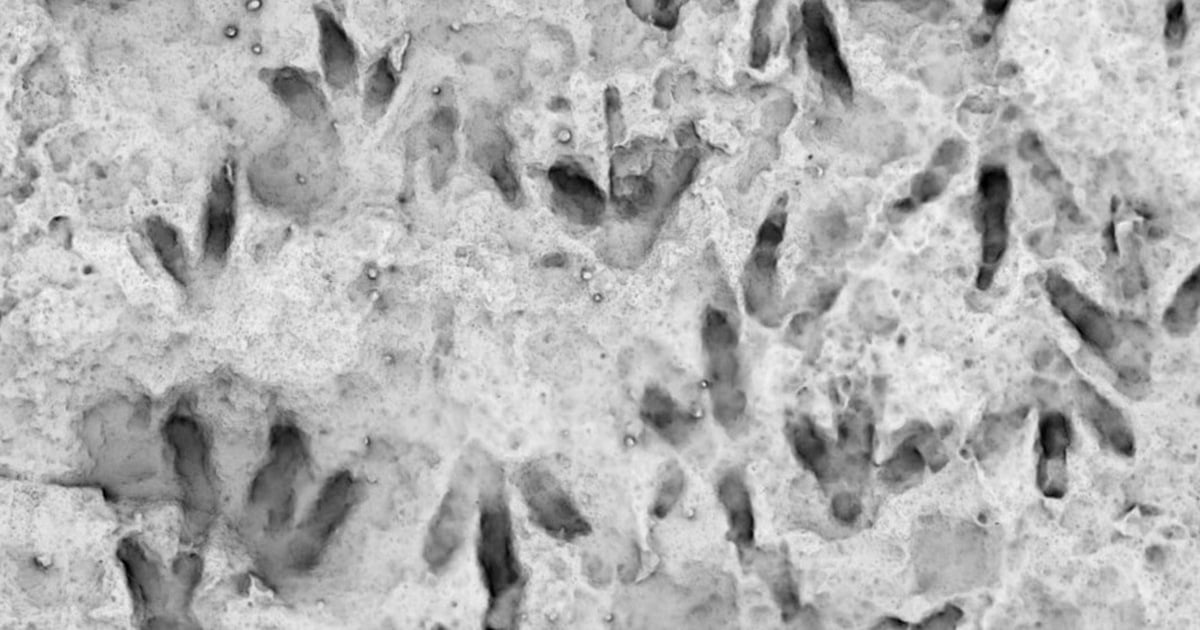
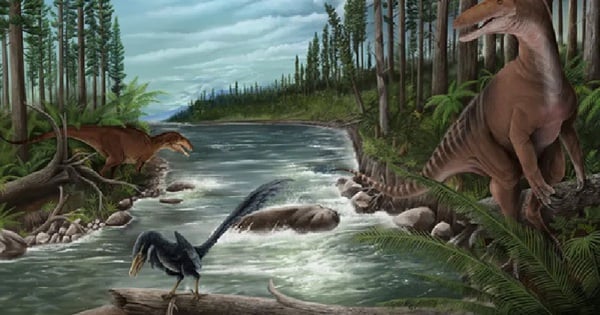
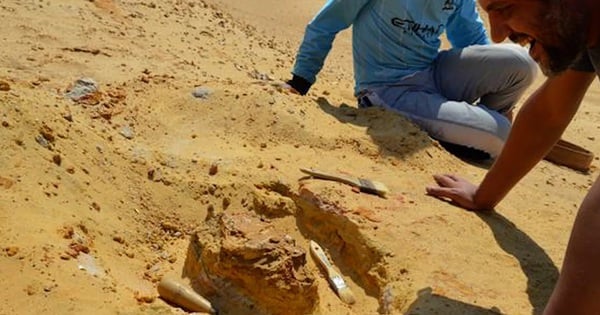
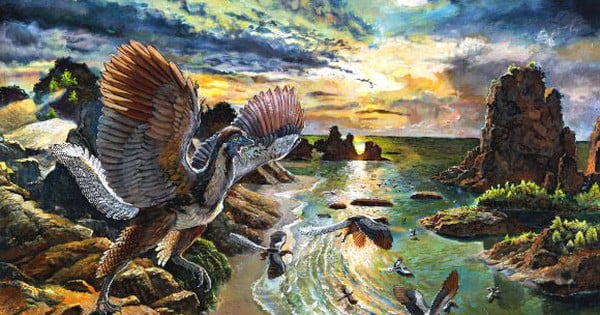
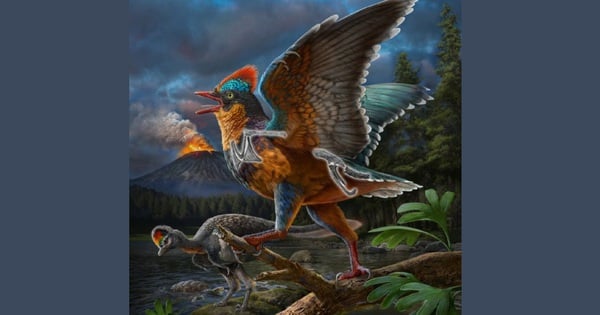





![[Video] Approval of the Master Plan for the Construction of a High-Tech Forestry Zone in the North Central Region](https://vstatic.vietnam.vn/vietnam/resource/IMAGE/2025/4/12/93e860e3957940afaaab993c7f88571c)









![[Photo] "Beauties" participate in the parade rehearsal at Bien Hoa airport](https://vstatic.vietnam.vn/vietnam/resource/IMAGE/2025/4/11/155502af3384431e918de0e2e585d13a)































































Comment (0)